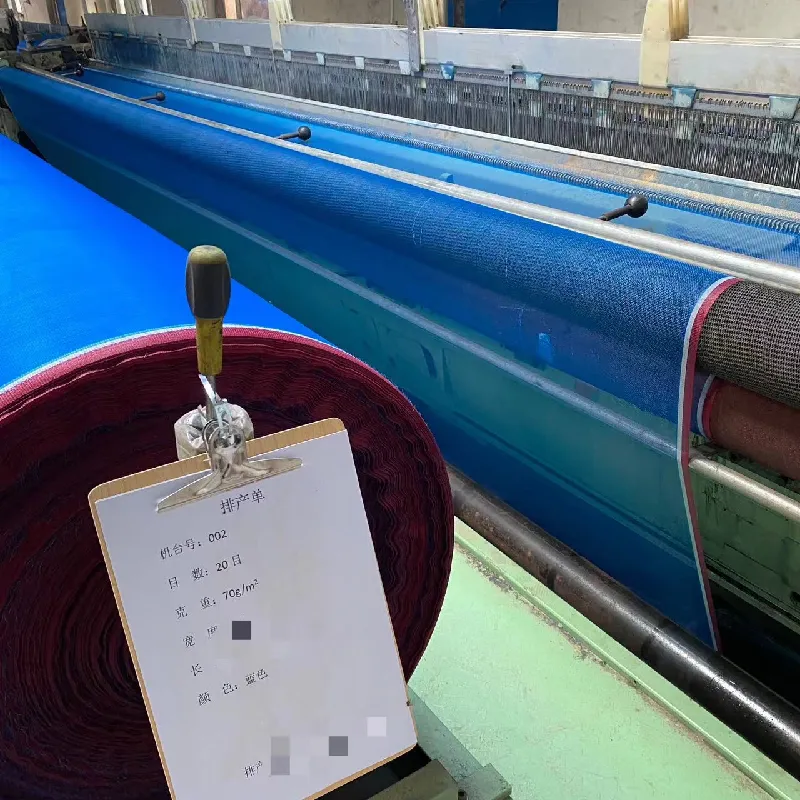-
 Afrikaans
Afrikaans -
 Albanian
Albanian -
 Amharic
Amharic -
 Arabic
Arabic -
 Armenian
Armenian -
 Azerbaijani
Azerbaijani -
 Basque
Basque -
 Belarusian
Belarusian -
 Bengali
Bengali -
 Bosnian
Bosnian -
 Bulgarian
Bulgarian -
 Catalan
Catalan -
 Cebuano
Cebuano -
 China
China -
 Corsican
Corsican -
 Croatian
Croatian -
 Czech
Czech -
 Danish
Danish -
 Dutch
Dutch -
 English
English -
 Esperanto
Esperanto -
 Estonian
Estonian -
 Finnish
Finnish -
 French
French -
 Frisian
Frisian -
 Galician
Galician -
 Georgian
Georgian -
 German
German -
 Greek
Greek -
 Gujarati
Gujarati -
 Haitian Creole
Haitian Creole -
 hausa
hausa -
 hawaiian
hawaiian -
 Hebrew
Hebrew -
 Hindi
Hindi -
 Miao
Miao -
 Hungarian
Hungarian -
 Icelandic
Icelandic -
 igbo
igbo -
 Indonesian
Indonesian -
 irish
irish -
 Italian
Italian -
 Japanese
Japanese -
 Javanese
Javanese -
 Kannada
Kannada -
 kazakh
kazakh -
 Khmer
Khmer -
 Rwandese
Rwandese -
 Korean
Korean -
 Kurdish
Kurdish -
 Kyrgyz
Kyrgyz -
 Lao
Lao -
 Latin
Latin -
 Latvian
Latvian -
 Lithuanian
Lithuanian -
 Luxembourgish
Luxembourgish -
 Macedonian
Macedonian -
 Malgashi
Malgashi -
 Malay
Malay -
 Malayalam
Malayalam -
 Maltese
Maltese -
 Maori
Maori -
 Marathi
Marathi -
 Mongolian
Mongolian -
 Myanmar
Myanmar -
 Nepali
Nepali -
 Norwegian
Norwegian -
 Norwegian
Norwegian -
 Occitan
Occitan -
 Pashto
Pashto -
 Persian
Persian -
 Polish
Polish -
 Portuguese
Portuguese -
 Punjabi
Punjabi -
 Romanian
Romanian -
 Russian
Russian -
 Samoan
Samoan -
 Scottish Gaelic
Scottish Gaelic -
 Serbian
Serbian -
 Sesotho
Sesotho -
 Shona
Shona -
 Sindhi
Sindhi -
 Sinhala
Sinhala -
 Slovak
Slovak -
 Slovenian
Slovenian -
 Somali
Somali -
 Spanish
Spanish -
 Sundanese
Sundanese -
 Swahili
Swahili -
 Swedish
Swedish -
 Tagalog
Tagalog -
 Tajik
Tajik -
 Tamil
Tamil -
 Tatar
Tatar -
 Telugu
Telugu -
 Thai
Thai -
 Turkish
Turkish -
 Turkmen
Turkmen -
 Ukrainian
Ukrainian -
 Urdu
Urdu -
 Uighur
Uighur -
 Uzbek
Uzbek -
 Vietnamese
Vietnamese -
 Welsh
Welsh -
 Bantu
Bantu -
 Yiddish
Yiddish -
 Yoruba
Yoruba -
 Zulu
Zulu
solar bird netting
The Impacts and Benefits of Solar Bird Netting
In recent years, the utilization of solar energy has surged, leading to an increase in the installation of solar panels across various landscapes. However, this growth has raised concerns regarding its impact on wildlife, particularly birds. To counteract potential negative consequences, many solar farm operators and environmentalists are adopting an innovative solution solar bird netting.
Understanding Solar Bird Netting
Solar bird netting is a specialized type of netting designed to protect birds from the hazards presented by solar installations. These nets are typically made from durable, lightweight materials that create a physical barrier between birds and solar panels. Their primary purpose is to prevent birds from nesting in or around solar arrays, thus reducing the risk of injury or death due to collisions and ensuring the efficiency of the solar installations.
The Importance of Bird Protection
Birds play a crucial role in our ecosystems. They contribute to pollination, seed dispersal, and insect control, making their protection vital for maintaining biodiversity. However, as solar farms expand into natural habitats, bird populations can suffer from habitat loss and increased mortality rates due to solar equipment. Implementing bird netting is an effective way to mitigate these risks.
Additionally, many solar farms are located in areas that are migratory routes or habitats for vulnerable bird species. By utilizing bird netting, operators can significantly decrease the likelihood of birds interacting harmfully with solar equipment, thus helping to conserve these important wildlife populations.
How Solar Bird Netting Works
solar bird netting

The design of solar bird netting allows for maximum visibility and minimal impact on solar energy production. The nets are typically installed above the solar panels, allowing sunlight to reach the panels while simultaneously preventing birds from accessing the area beneath them. The netting’s mesh size is specifically engineered to keep larger birds out while allowing smaller species to pass through, thus maintaining the overall ecological balance.
Moreover, the installation of netting can enhance the longevity of solar panels. By minimizing debris and organic materials, such as bird droppings and nesting materials, which can hinder the performance of solar panels, the netting helps maintain optimal efficiency and reduces maintenance costs.
Economic Benefits
Implementing solar bird netting also comes with economic advantages. By protecting birds and minimizing risks, solar farm operators can avoid potential fines and lawsuits associated with wildlife protection laws. Reducing the incidence of wildlife-related conflicts leads to fewer disruptions in operations, allowing for more consistent and reliable energy production.
Moreover, environmentally responsible practices, such as the implementation of bird netting, can enhance the reputation of solar companies. Stakeholders, including investors and consumers, increasingly favor businesses that prioritize sustainable practices and wildlife conservation. Thus, adopting bird-friendly measures can also be a powerful marketing tool.
Conclusion
As the world transitions to renewable energy sources, the coexistence of solar farms and wildlife is crucial. Solar bird netting is a practical and effective solution that benefits birds, operators, and the environment alike. By preventing potential hazards to avian populations, solar bird netting embodies both ecological responsibility and an unwavering commitment to sustainability.
The future of solar energy looks promising, and with thoughtful strategies like bird netting in place, we can promote wildlife protection while harnessing the power of the sun. Investing in such innovations not only supports wildlife conservation but also ensures the long-term success and efficiency of solar energy systems. As we move forward, it is essential to strike a balance between human advancement and environmental stewardship, ensuring a thriving planet for generations to come.
-
Shipping Plastic Bags for Every NeedNewsJul.24,2025
-
Safety Netting: Your Shield in ConstructionNewsJul.24,2025
-
Plastic Mesh Netting for Everyday UseNewsJul.24,2025
-
Nylon Netting for Every UseNewsJul.24,2025
-
Mesh Breeder Box for Fish TanksNewsJul.24,2025
-
Expanded Steel Mesh Offers Durable VersatilityNewsJul.24,2025











